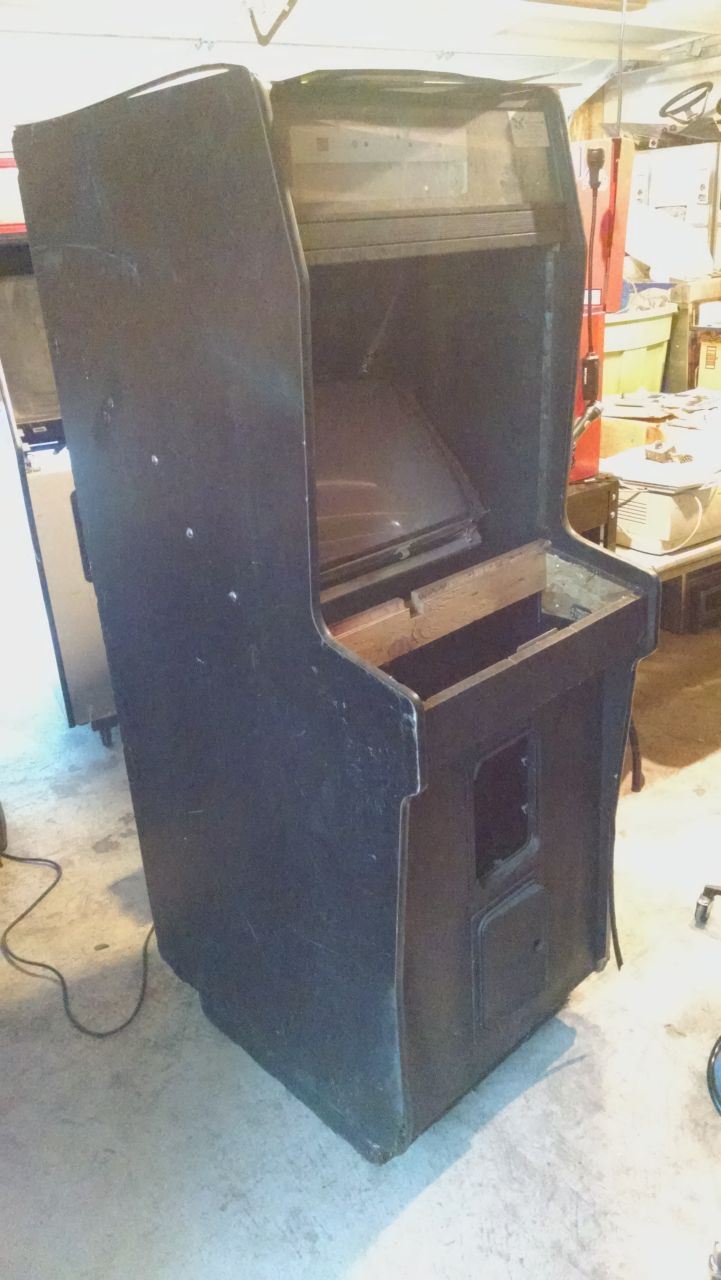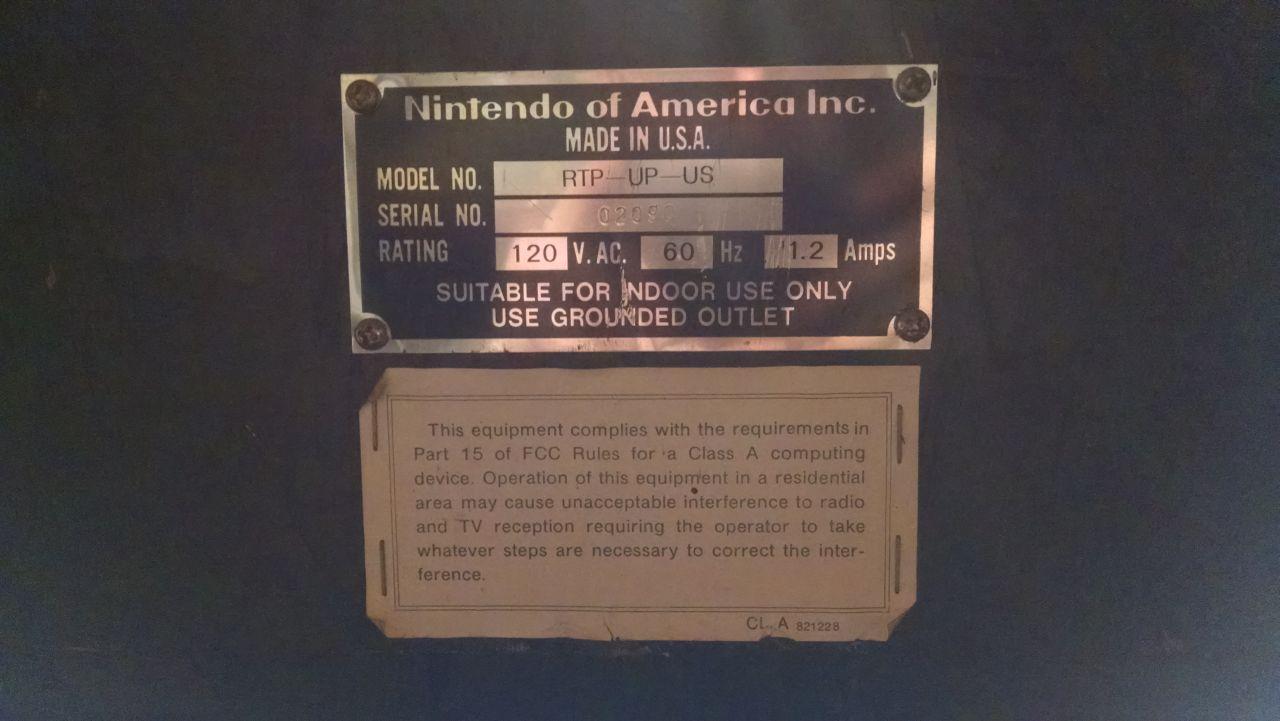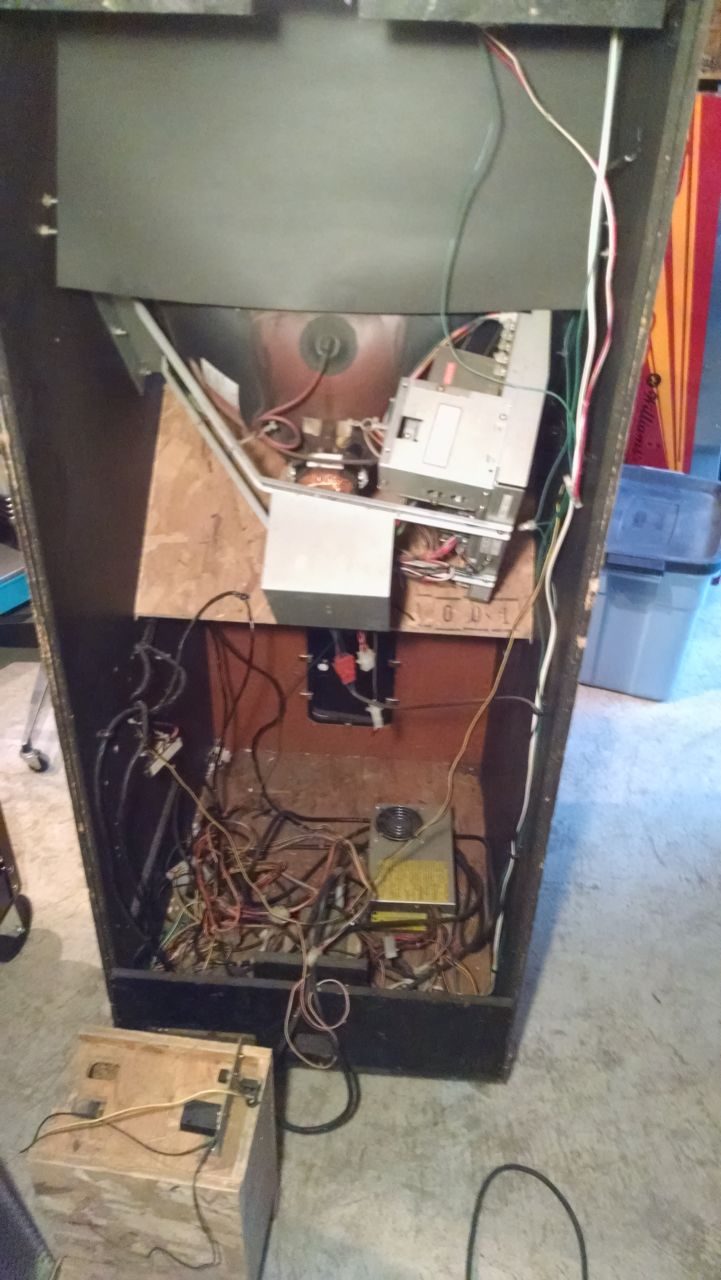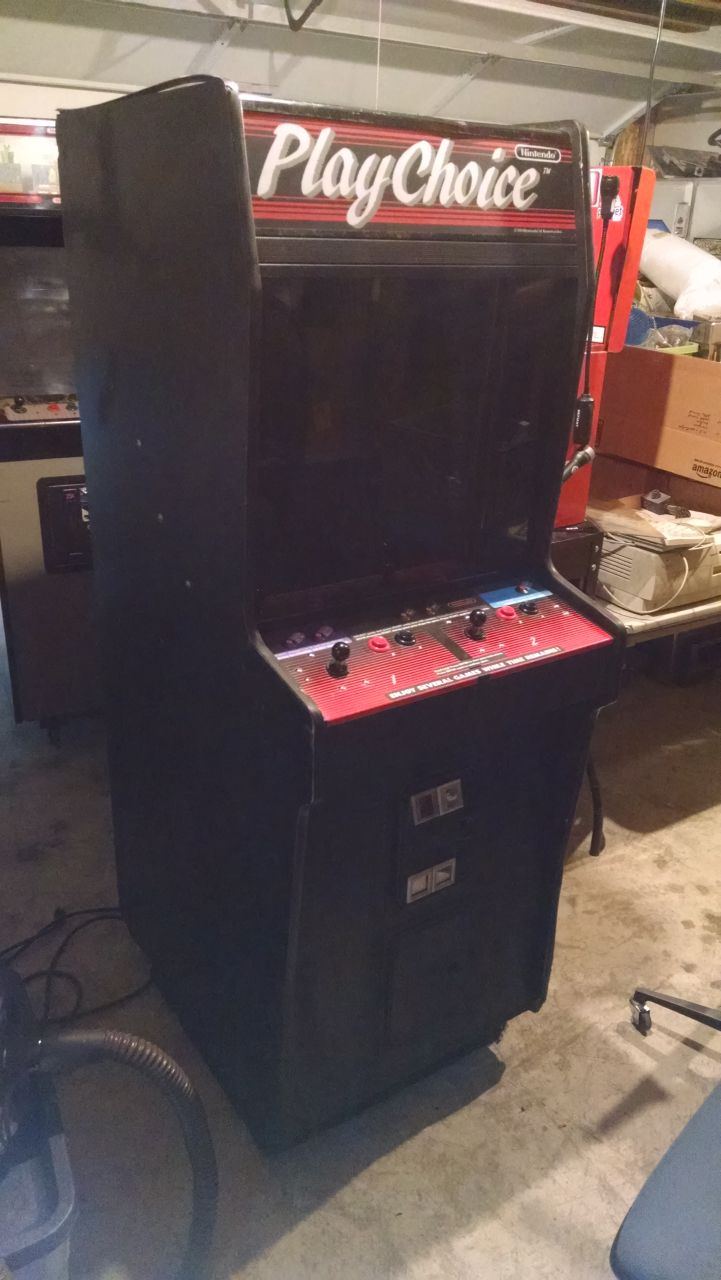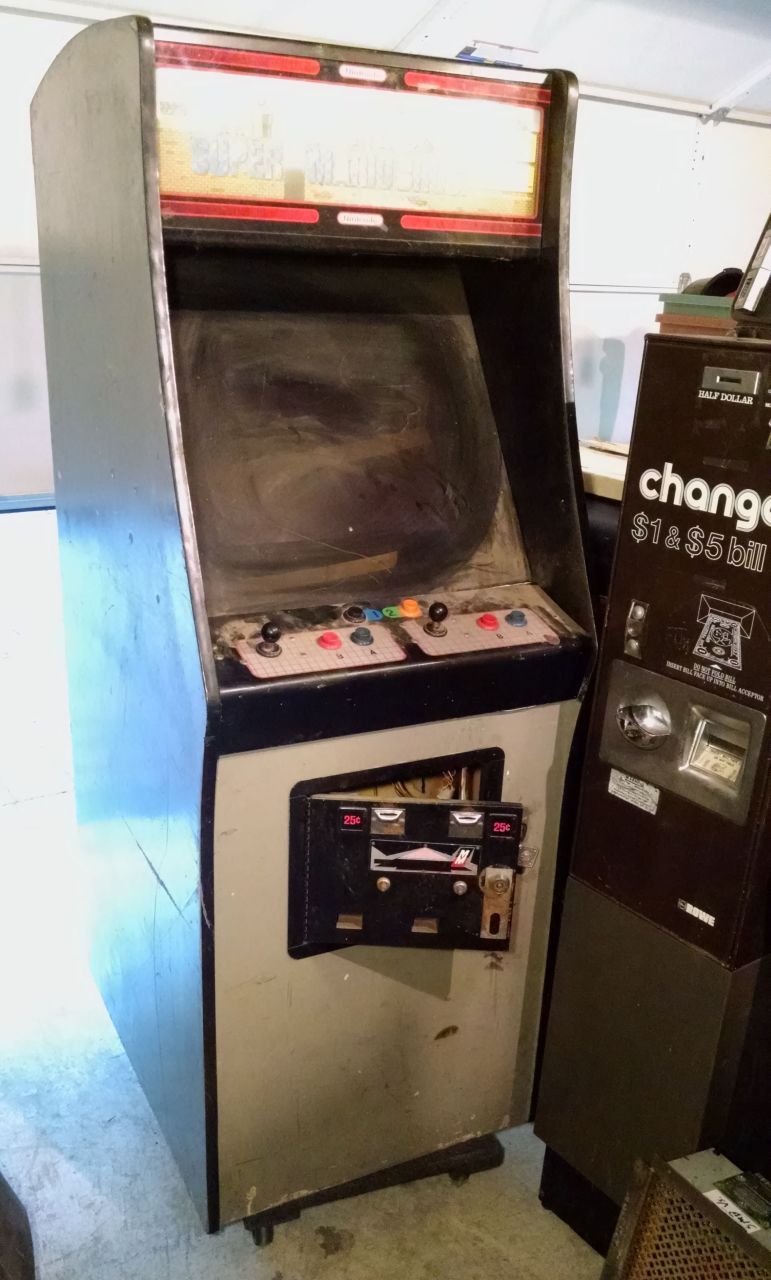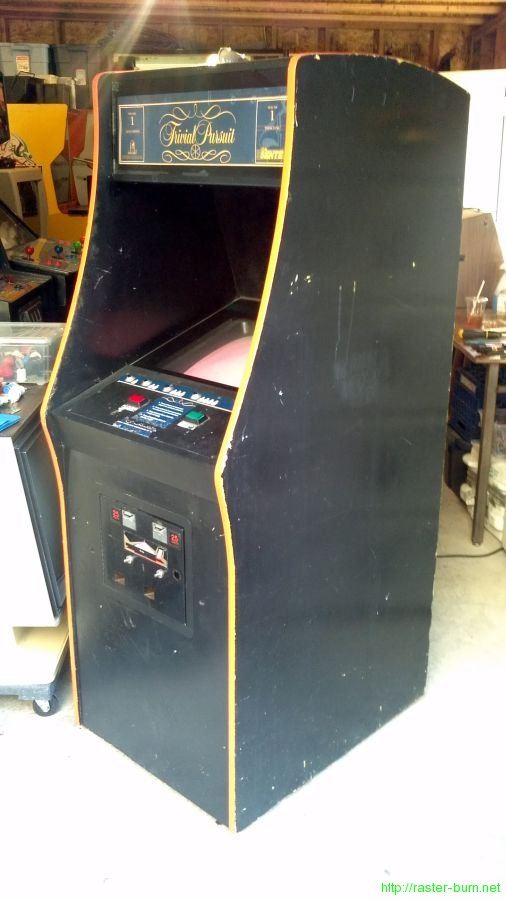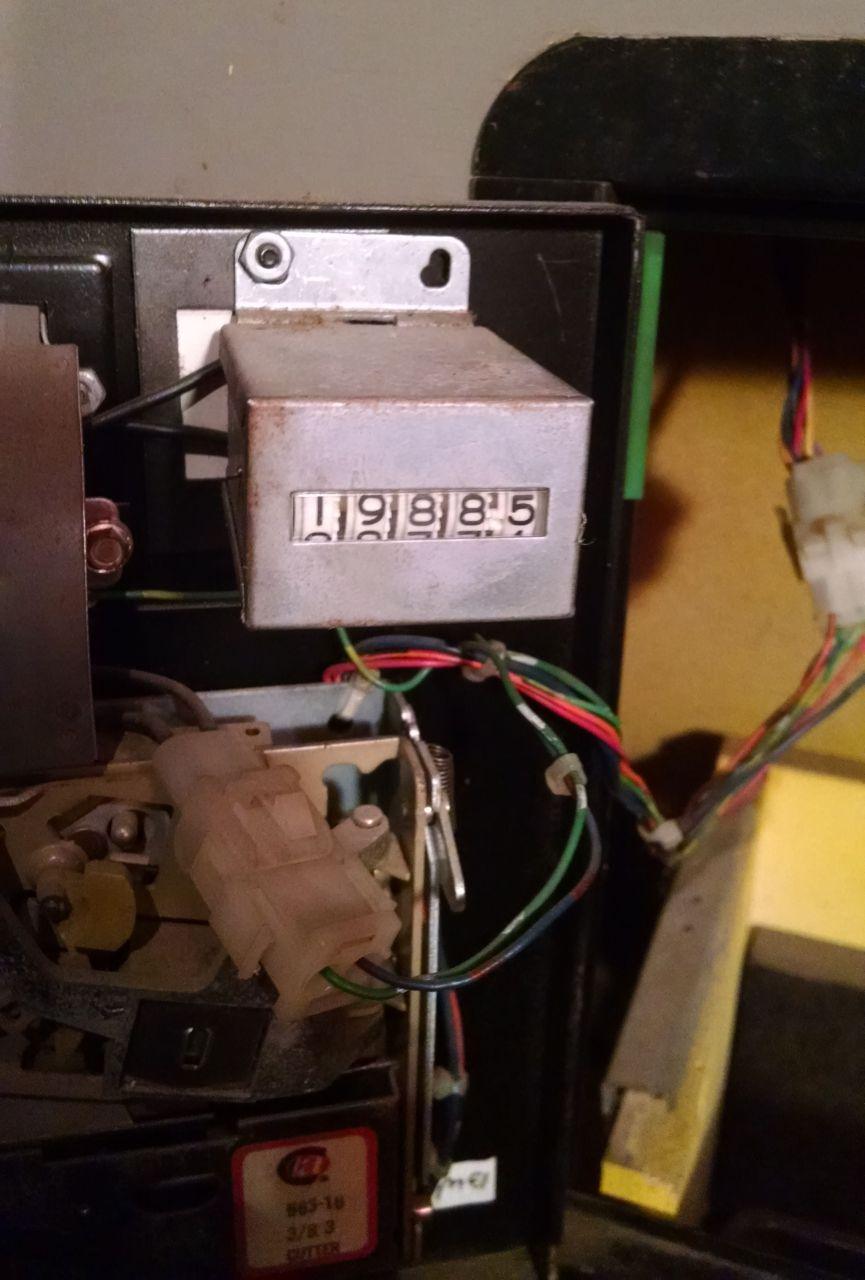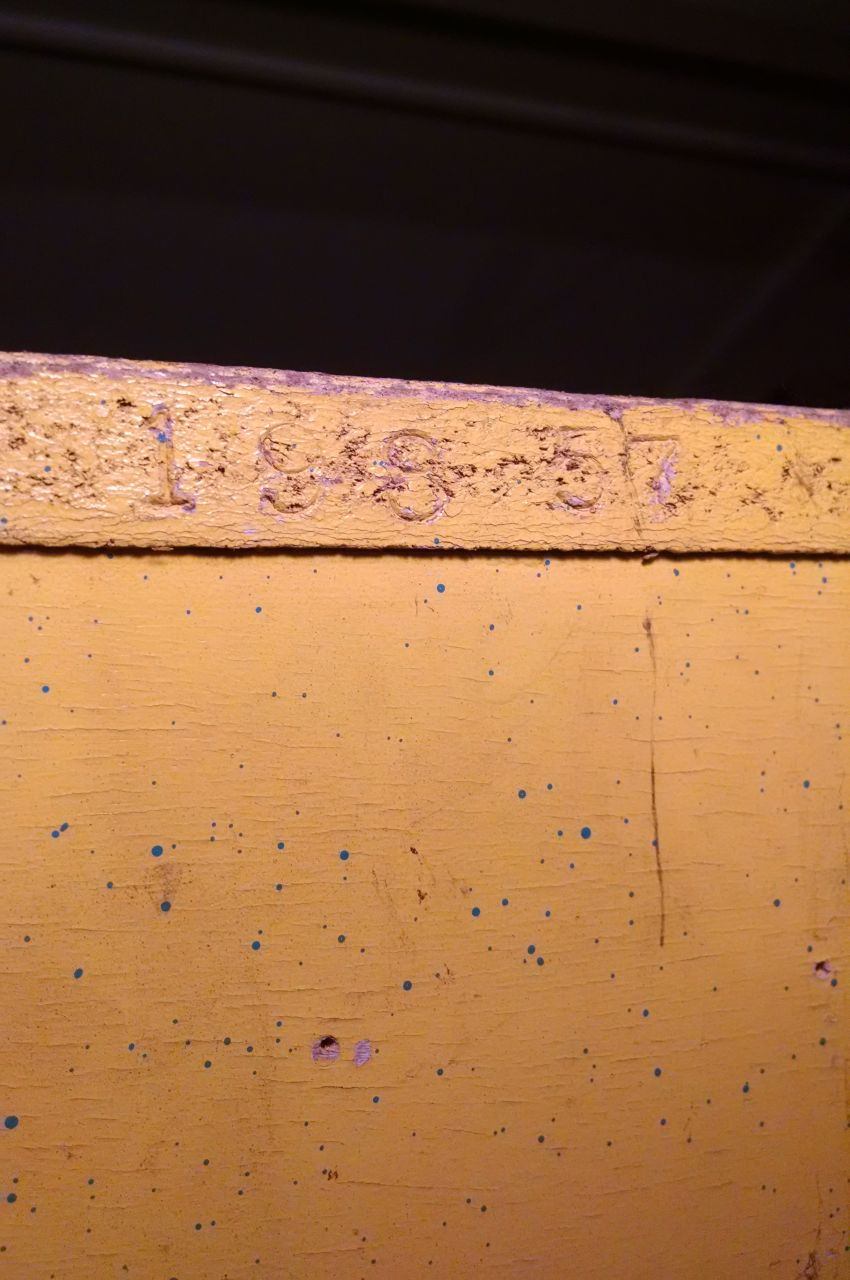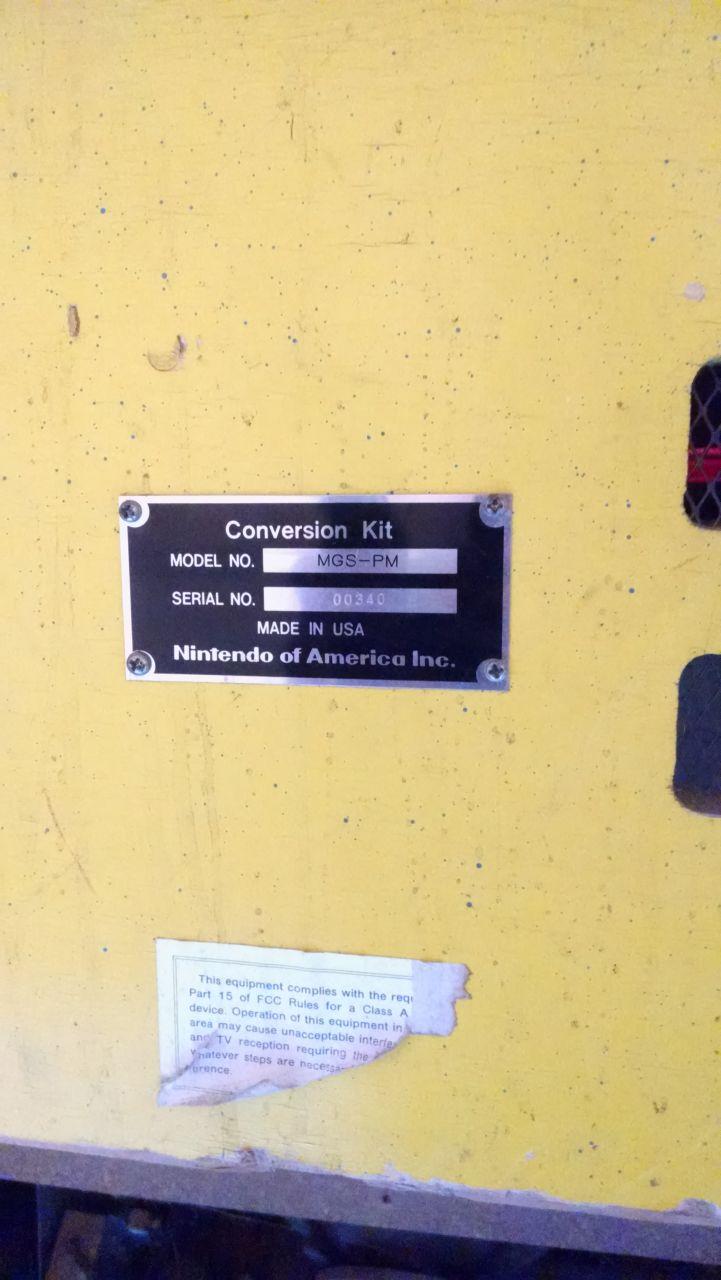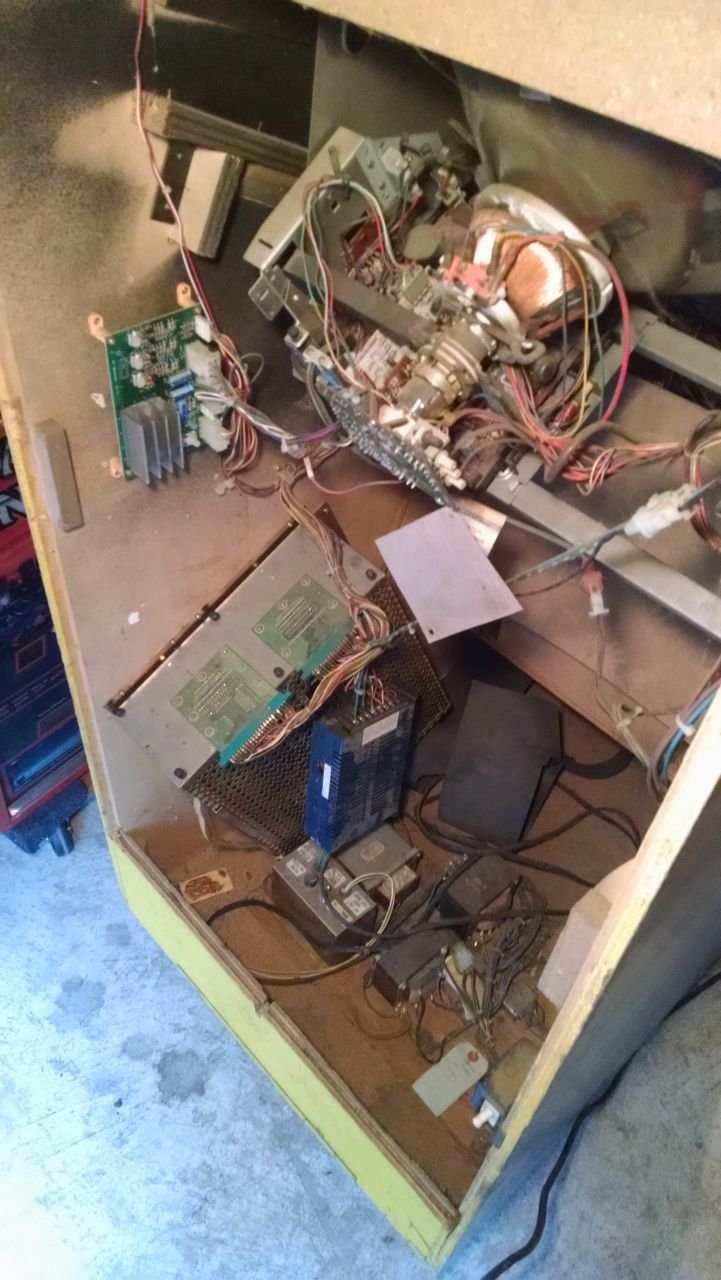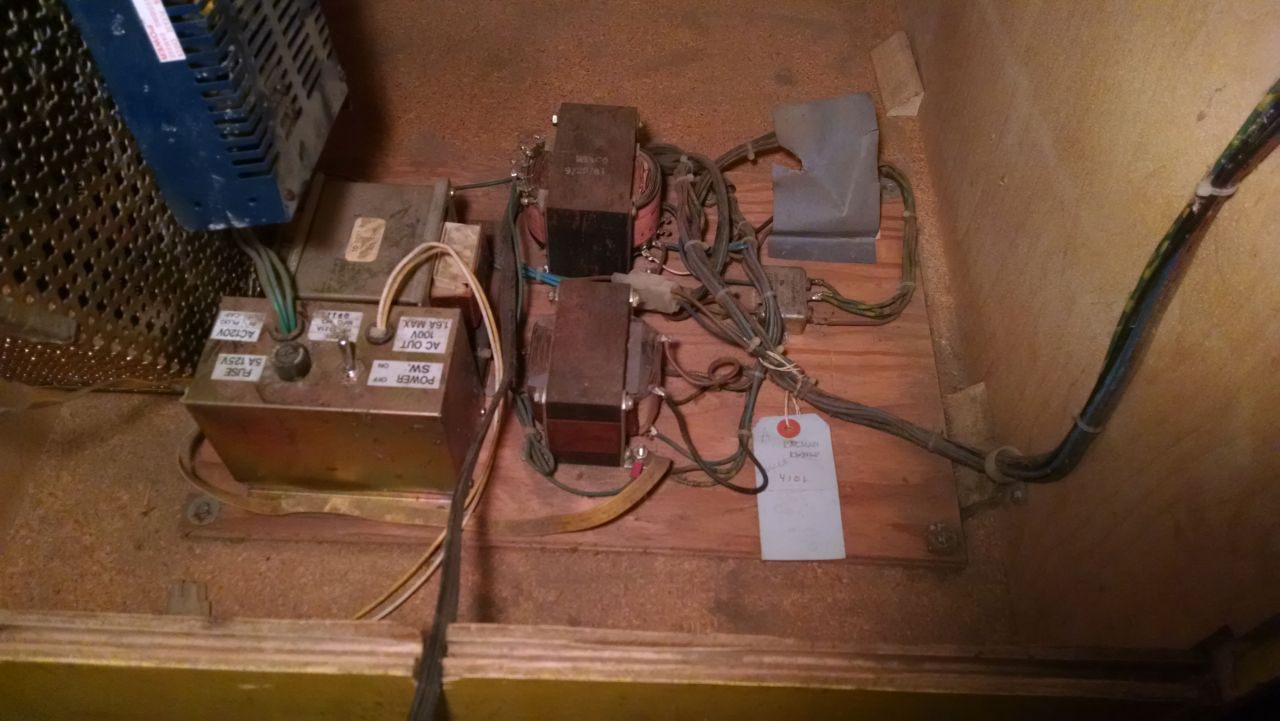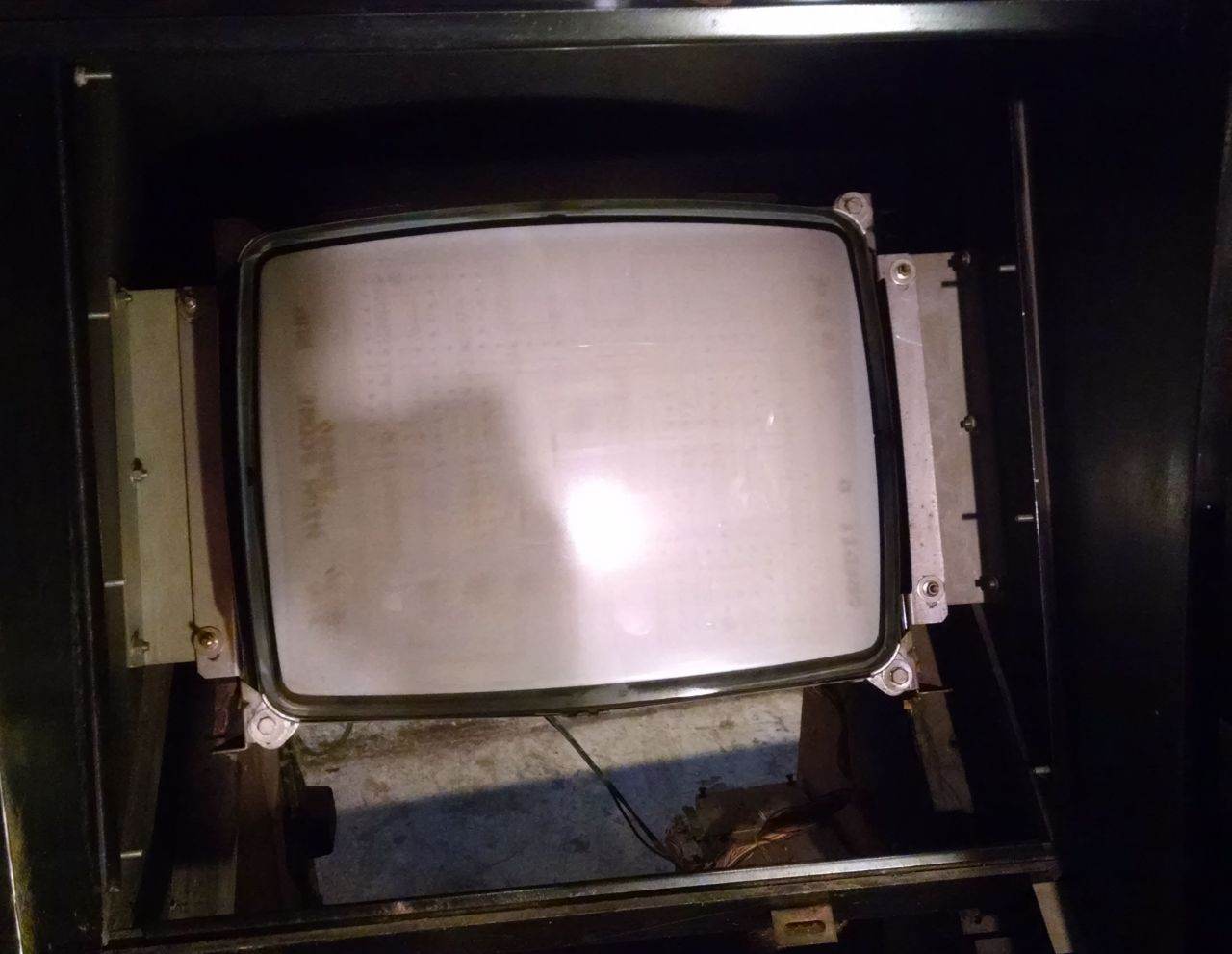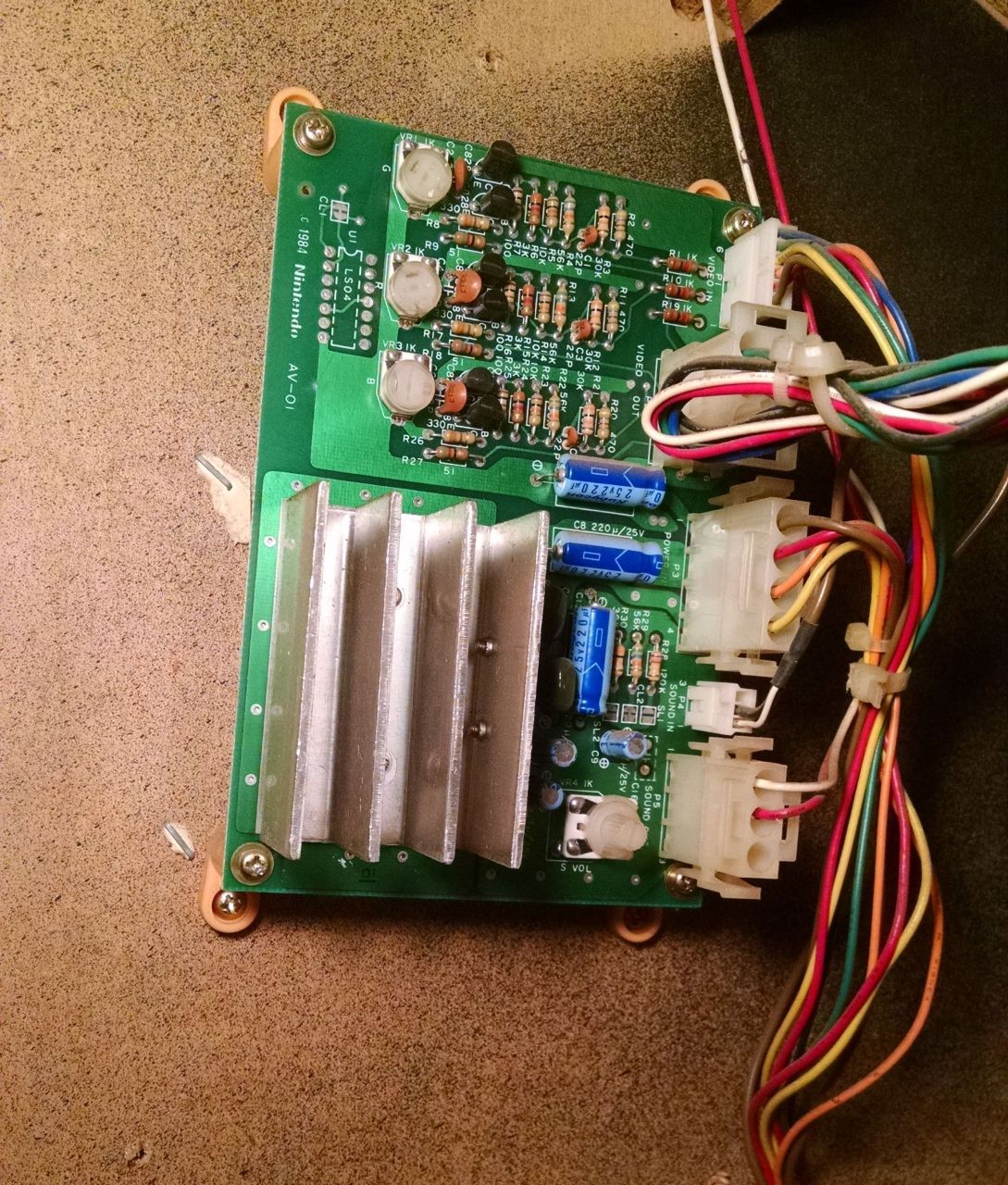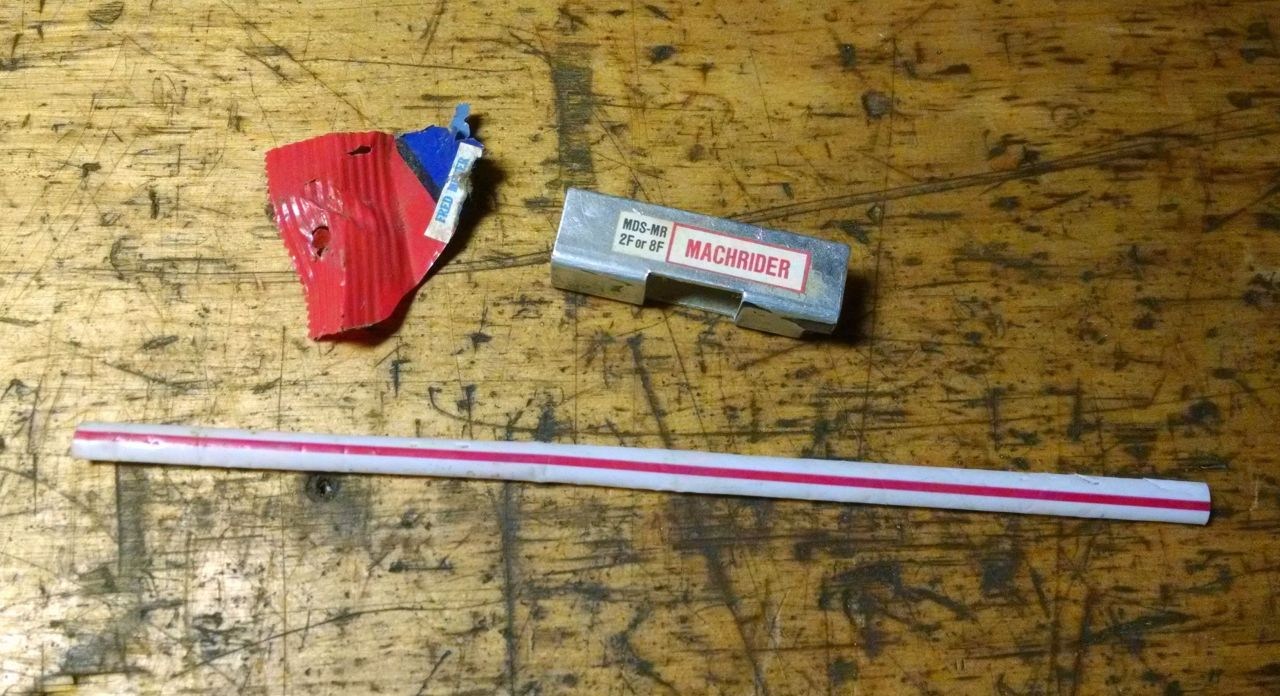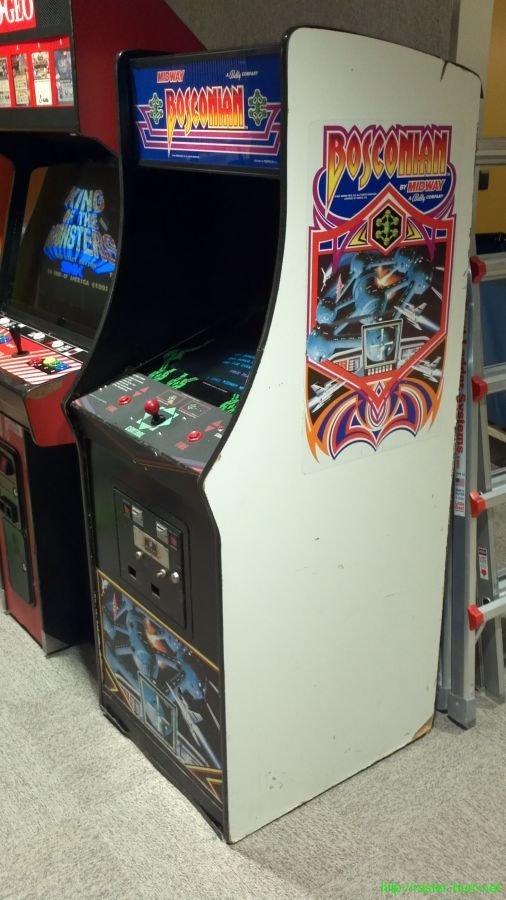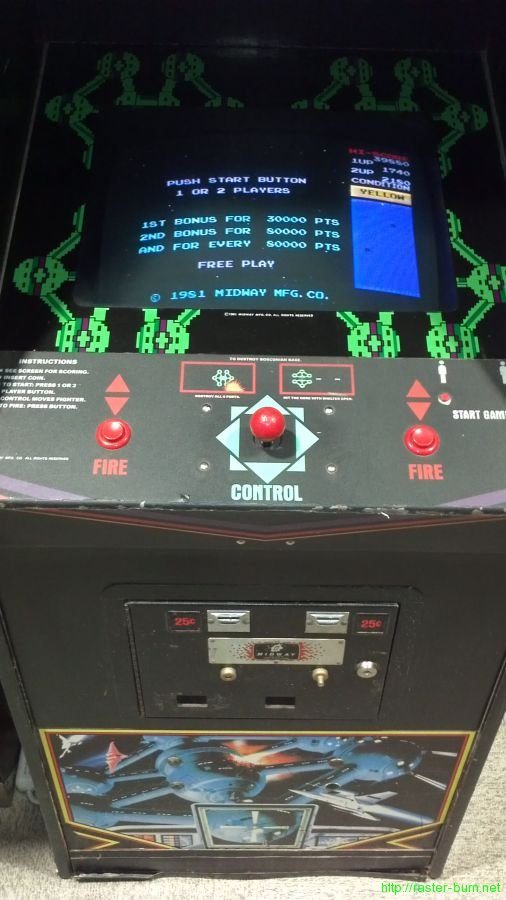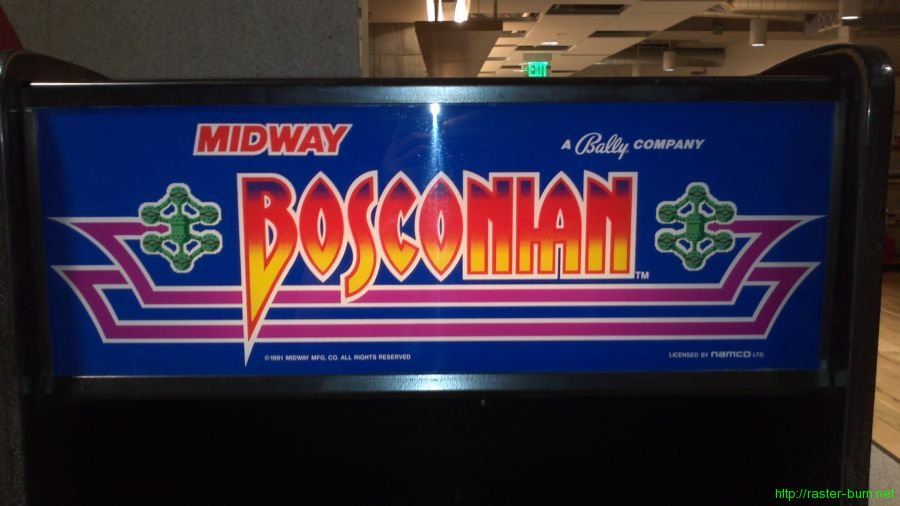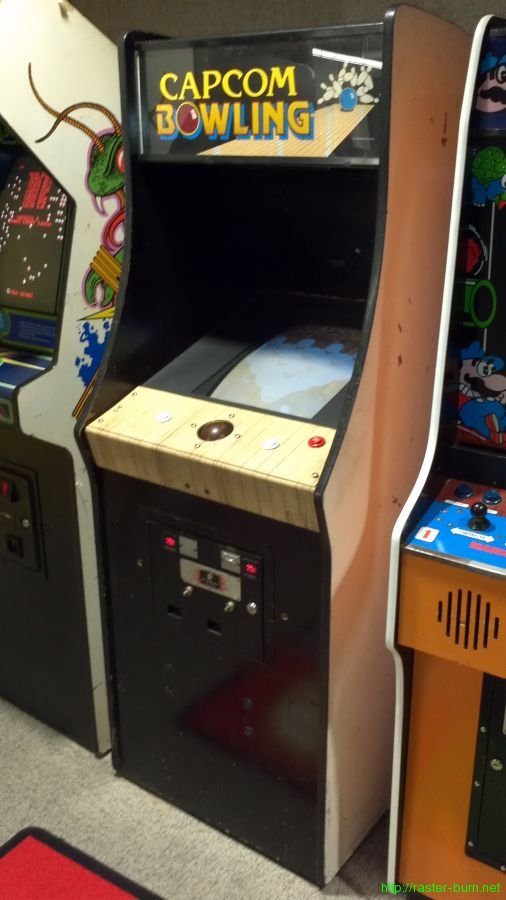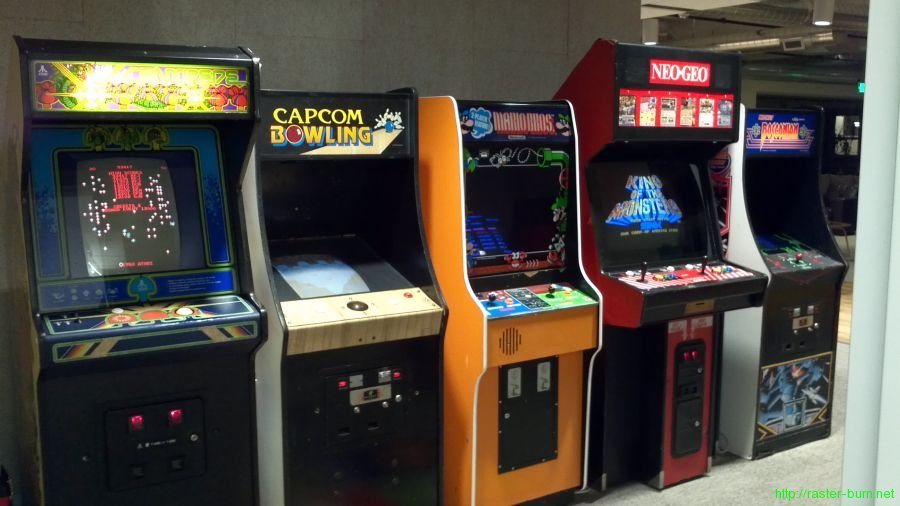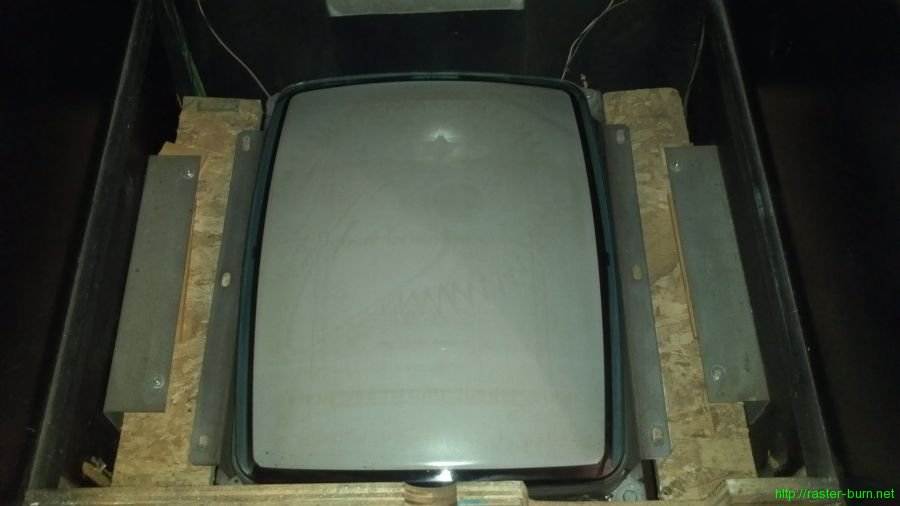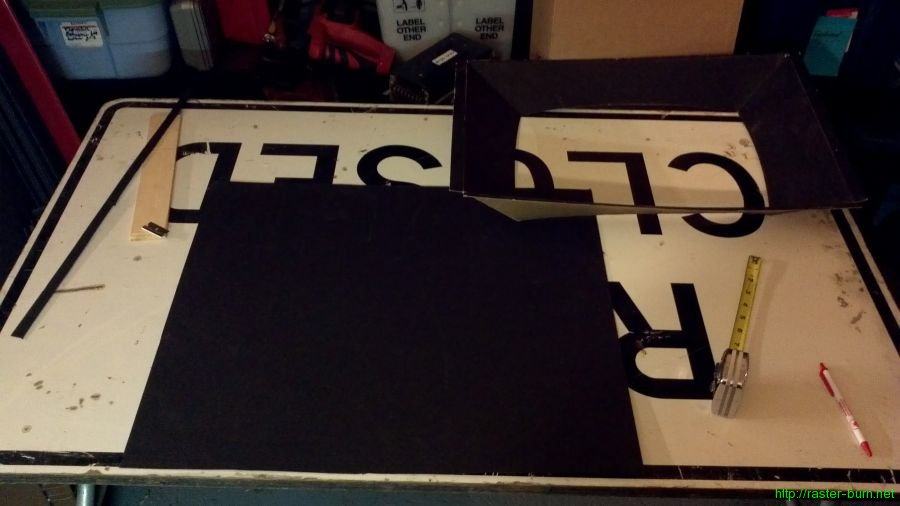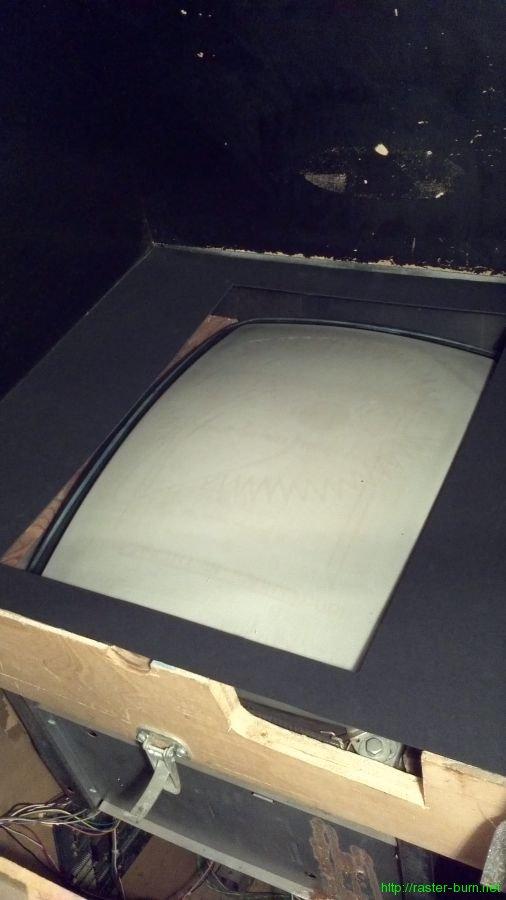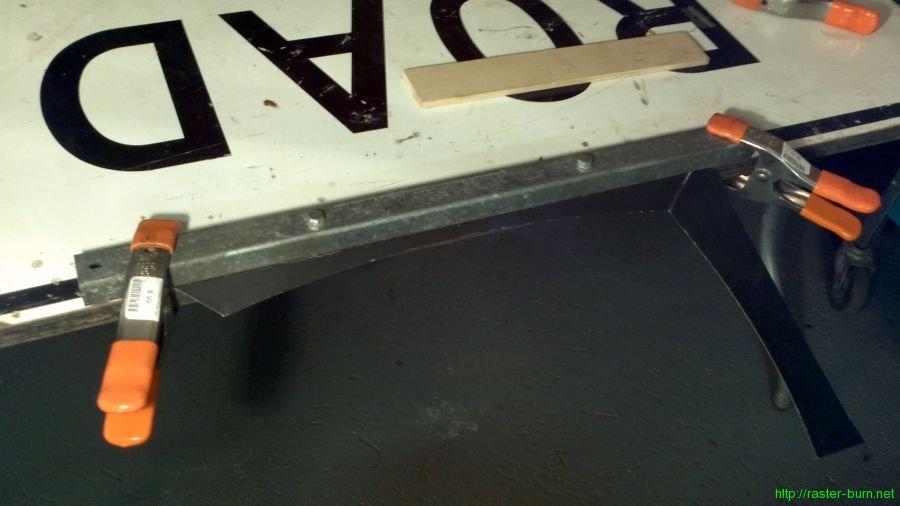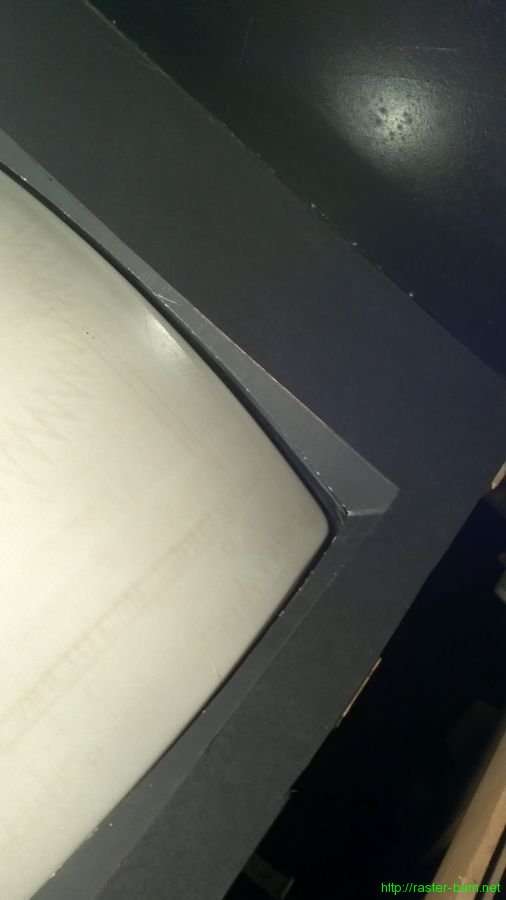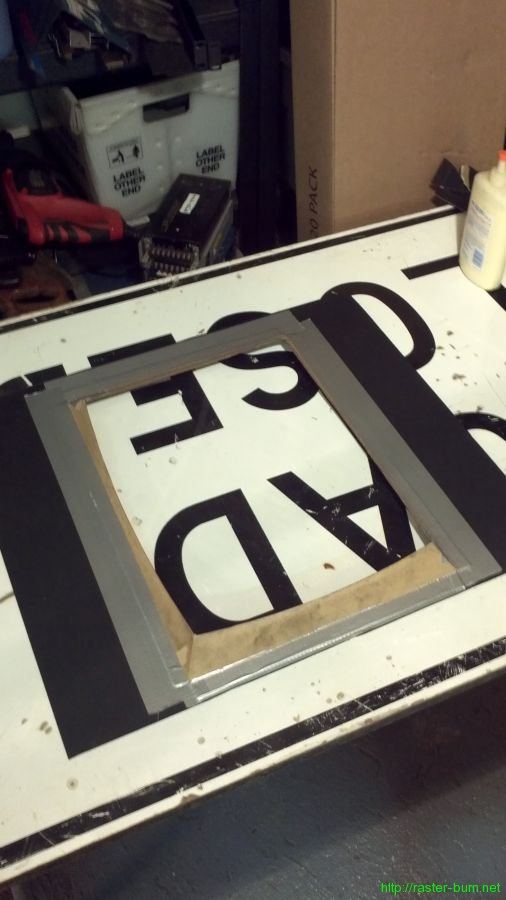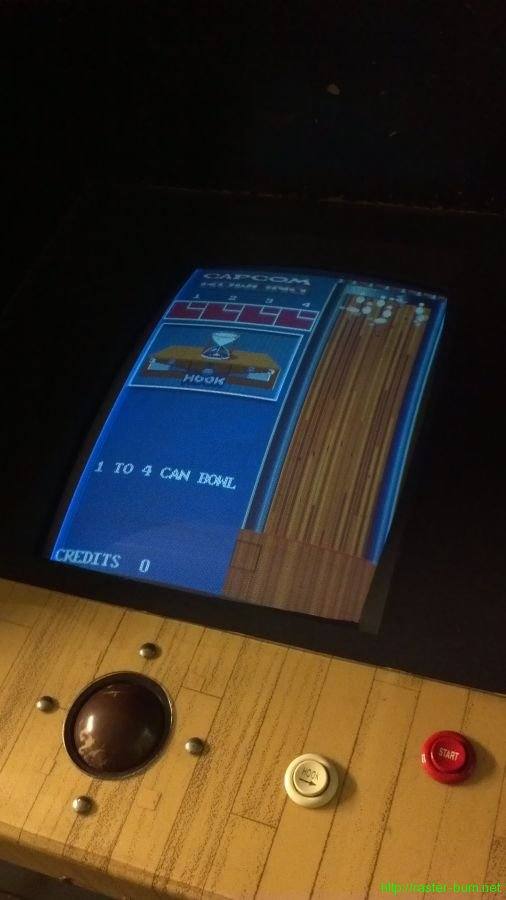Caught a few interesting pieces this past weekend. Loading them out of a hundred degree warehouse wasn’t a treat, but it was worth the effort.
First is what started as a dedicated Nintendo R-Type upright. Serial number is quite low, but it wasn’t exactly a common game either.
At some point it received a conversion to Golden Axe 2 that looks a lot messier than it is. The wiring was all terminated nicely so I can clip a Nintendo harness right back into place on the original connectors that were left intact. The coin door and vault were pretty messed up or absent but I’ve got spares I salvaged from some destroyed cabs at another warehouse years ago that will be a good match.
With some cleaning and the installation of a few parts it’s already looking most of the way there.
The second grab is another example of the purpose designed conversion kits that many manufacturers put out for the ubiquitous Pac Man and Ms Pac Man as they got on in years and stopped earning once the fever around those titles broke.
It’s a Nintendo conversion kit for the Vs. multi-game system. Similar in character to the Bally Sente conversion kit for these cabs, it takes a different approach to reconfiguring the monitor orientation and changing out the control panel.
This one clearly earned its keep as Pac Man before the transformation with almost twenty thousand plays on the clock, likely paying for itself twice over in its original incarnation.
The conversion was quite cleanly executed, though the Nintendo switching power supply has at some point been swapped for a generic model which was left hanging against the PCB cage.
Not a lot is retained of the original Midway internals. Portions of the power panel, AC wiring, and the Wells Gardner K4600 monitor are all that came along for the ride. The monitor has the maze burn you’d expect from any Pac Man game but it’s hidden pretty well by the smoked plexiglass panel that goes in front. Interestingly a standard Nintendo isolation transformer was included with the kit, though its 100V output is left unused and the Midway transformer is used to isolate power to the monitor.
A Nintendo video inverter and sound amp board is used to adapt the signal from the Vs. PCB to the output hardware in the cabinet.
Detritus in the cab says this one hung around in the Pacific Northwest, nearby one of the outposts of the Fred Meyer chain. The straw trick (“It has been brought to our attention that a flattened straw or similar object can be passed through the center opening in the upper hinge. If the object makes contact with the coin switch, it can be used to run up multiple credits.”) to getting free credits on Nintendo games must have made the rounds too, though whoever applied it didn’t realize that it only works on original Nintendo coin doors. We can also see the Vs. boardset played host to a few different titles over time, with Ice Climbers and Mach Rider in evidence.
This one will stay converted, though I’ll swap in a Dr. Mario daughterboard for the Super Mario Bros. chipset.

